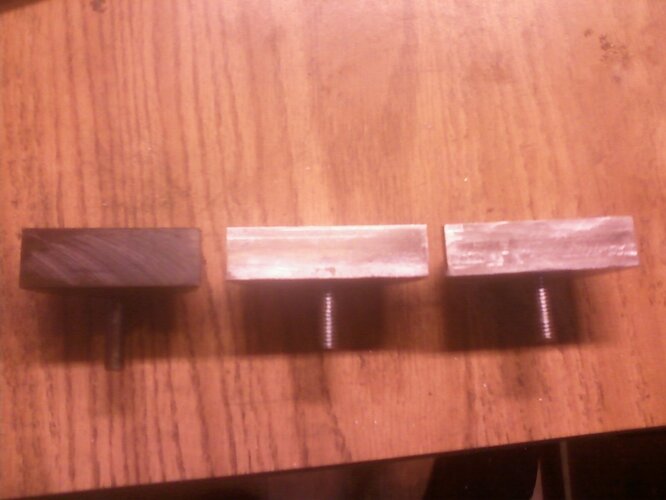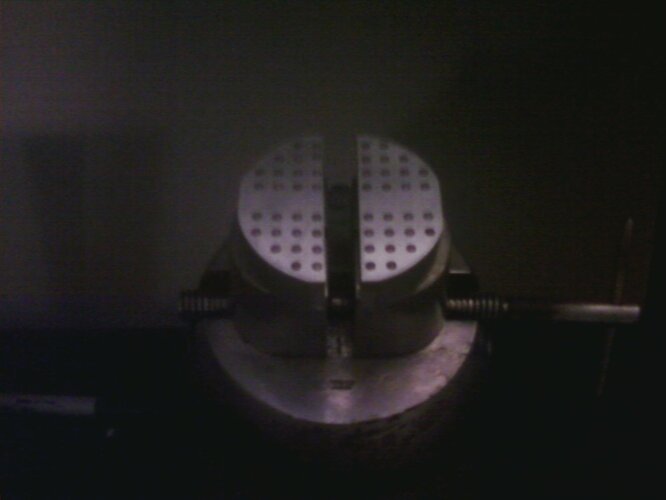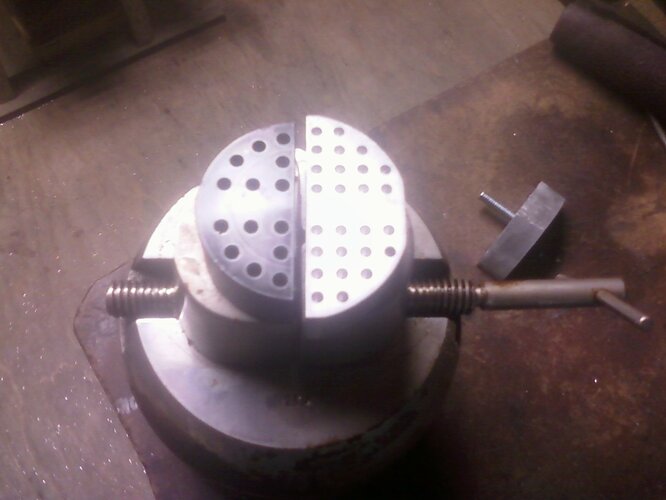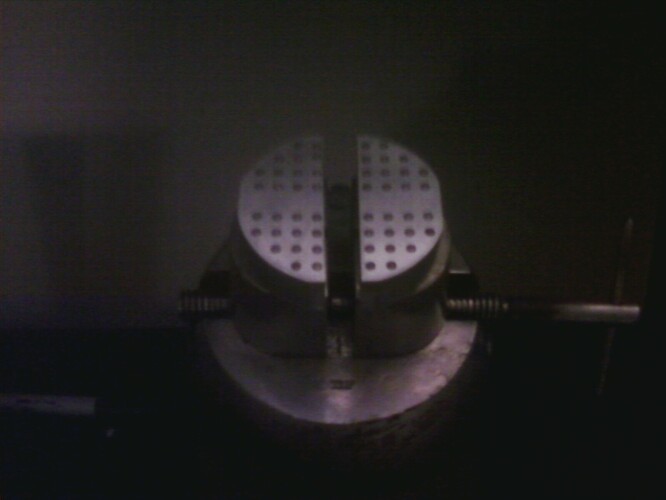Was: Classifying gravers
Hi Leonid:
Thanks. As soon as I can arrange to find or recreate the missing jaw
of the vise you sent me, I will use it.
What happened was I was moving things around in the upper floor of my
outside shed, when tripped and dropped the ball (sorry!). I’m lucky I
didn’t break the floor! I was able to recover everything but one jaw
which shot across into a hidden corner which I can’t even figure
where said corner is yet.
So I made a jury rig, i. e., the three axis mounting system. I’ve
played with it a while, I found I could actually walk around it since
it was mounted on a stool, and that’s almost as good for me as a ball
at least for rough practice.
When I tried to move gravers around on the metal, it wasn’t easy, and
maybe it was because I don’t really know what is supposed to be easy
or hard.
I don’t what how proper feel is defined.
I have some questions:
-
Should the graver bring up no perceptible chip whatever? Should it
just be a fine tracing without a chip being pushed in front of it? Or
is the precence of a visible chip a symptom of using too much force? -
When the angle is too shallow I skip right off the metal, but if
it is too deep I dig into the metal and can’t move it any further. I
pretty much can’t make a regular line longer than a centimeter
without getting stuck. -
About polishing the square graver. I’m making the working
assumption that the jeweler had used the rough sharpening stone
properly, so that I do not disturb his work on the graver, and went
directly to the Arkansas stone.
So I scratch the “top” of the graver to make sure that is square and
polished, than I scratch the left and right hand sides.
Then I try doing the figure-8 movements recommended by The Art Of
Engraving for sharpening the rake, which do I understand correctly is
the place where the edge of the square is supposed to make contact
with the metal?
I don’t understand how the rake is supposed to make cutting easier,
where it really is, and how I am supposed to create it. The book
seems to be vague on this.
Thanks,
Andrew Jonathan Fine




